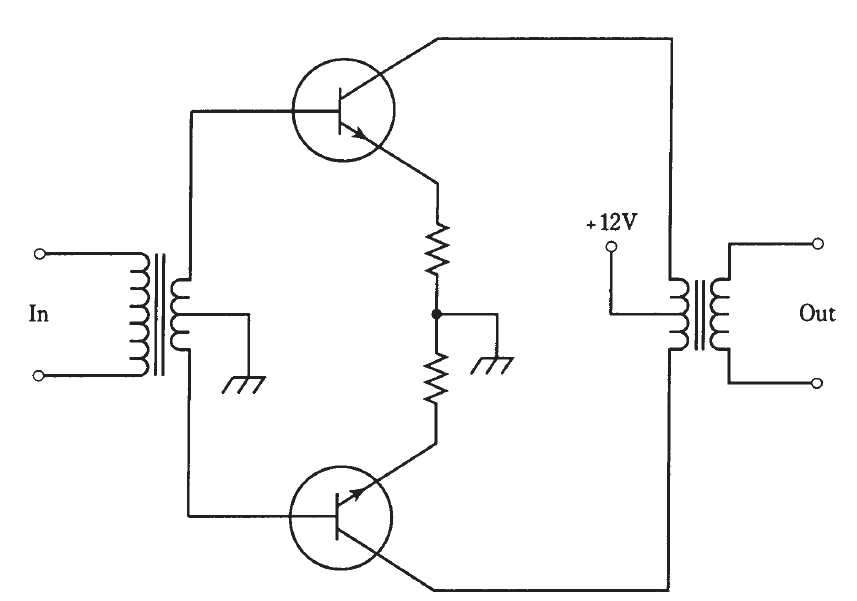
تاريخ الفيزياء

علماء الفيزياء


الفيزياء الكلاسيكية

الميكانيك

الديناميكا الحرارية


الكهربائية والمغناطيسية

الكهربائية

المغناطيسية

الكهرومغناطيسية


علم البصريات

تاريخ علم البصريات

الضوء

مواضيع عامة في علم البصريات

الصوت


الفيزياء الحديثة


النظرية النسبية

النظرية النسبية الخاصة

النظرية النسبية العامة

مواضيع عامة في النظرية النسبية

ميكانيكا الكم

الفيزياء الذرية

الفيزياء الجزيئية


الفيزياء النووية

مواضيع عامة في الفيزياء النووية

النشاط الاشعاعي


فيزياء الحالة الصلبة

الموصلات

أشباه الموصلات

العوازل

مواضيع عامة في الفيزياء الصلبة

فيزياء الجوامد


الليزر

أنواع الليزر

بعض تطبيقات الليزر

مواضيع عامة في الليزر


علم الفلك

تاريخ وعلماء علم الفلك

الثقوب السوداء


المجموعة الشمسية

الشمس

كوكب عطارد

كوكب الزهرة

كوكب الأرض

كوكب المريخ

كوكب المشتري

كوكب زحل

كوكب أورانوس

كوكب نبتون

كوكب بلوتو

القمر

كواكب ومواضيع اخرى

مواضيع عامة في علم الفلك

النجوم

البلازما

الألكترونيات

خواص المادة


الطاقة البديلة

الطاقة الشمسية

مواضيع عامة في الطاقة البديلة

المد والجزر

فيزياء الجسيمات


الفيزياء والعلوم الأخرى

الفيزياء الكيميائية

الفيزياء الرياضية

الفيزياء الحيوية

الفيزياء العامة


مواضيع عامة في الفيزياء

تجارب فيزيائية

مصطلحات وتعاريف فيزيائية

وحدات القياس الفيزيائية

طرائف الفيزياء

مواضيع اخرى
The class-B amplifier
المؤلف:
Stan Gibilisco
المصدر:
Teach Yourself Electricity and Electronics
الجزء والصفحة:
441
13-5-2021
2850
The class-B amplifier
When a bipolar transistor is biased exactly at cutoff, or an FET at pinchoff, under zero-input-signal conditions, an amplifier is working in class B. In class-B operation, there is no collector or drain current when there is no signal.
This saves energy, because the circuit is not eating up any power unless there is a signal going into it. (Class-A and class-AB amplifiers draw current even when the input is zero.) When there is an input signal, current flows in the device during exactly half of the cycle. The output waveshape is greatly different from the input waveshape in a class-B amplifier; in fact, it is half-wave rectified.
Sometimes two bipolar transistors or FETs are used in a class-B circuit, one for the positive half of the cycle and the other for the negative half. In this way, distortion is eliminated. This is called a class-B push-pull amplifier. A class-B push-pull circuit using two NPN bipolar transistors is illustrated in Fig. 1. This configuration is popular for audio-frequency power amplification. It combines the efficiency of class B with the low distortion of class A. Its main disadvantage is that it needs two center-tapped transformers, one at the input and the other at the output. This translates into two things that engineers don’t like: bulk and high cost. Nonetheless, the advantages often outweigh these problems.
The class-B scheme lends itself well to radio-frequency power amplification. Although the output waveshape is distorted, resulting in harmonic energy, this problem can be overcome by a resonant LC circuit in the output. If the signal is modulated, the modulation waveform will not be distorted.
You’ll sometimes hear of class-AB or class-B “linear amplifiers,” especially in ham radio. The term “linear” refers to the fact that the modulation waveform is not distorted by the amplifier. The carrier wave is, as you’ve seen, affected in a nonlinear fashion, because the amplifiers are not biased in the straight-line part of the operating curve.

Fig. 1: A class-B push-pull amplifier.
Class-AB2 and class-B amplifiers take some power from the input signal source. Engineers say that such amplifiers require a certain amount of drive or driving power to function. Class-A and class-AB1 amplifiers theoretically need no driving power, although there must be an input voltage.
 الاكثر قراءة في الألكترونيات
الاكثر قراءة في الألكترونيات
 اخر الاخبار
اخر الاخبار
اخبار العتبة العباسية المقدسة

الآخبار الصحية















 قسم الشؤون الفكرية يصدر كتاباً يوثق تاريخ السدانة في العتبة العباسية المقدسة
قسم الشؤون الفكرية يصدر كتاباً يوثق تاريخ السدانة في العتبة العباسية المقدسة "المهمة".. إصدار قصصي يوثّق القصص الفائزة في مسابقة فتوى الدفاع المقدسة للقصة القصيرة
"المهمة".. إصدار قصصي يوثّق القصص الفائزة في مسابقة فتوى الدفاع المقدسة للقصة القصيرة (نوافذ).. إصدار أدبي يوثق القصص الفائزة في مسابقة الإمام العسكري (عليه السلام)
(نوافذ).. إصدار أدبي يوثق القصص الفائزة في مسابقة الإمام العسكري (عليه السلام)


















